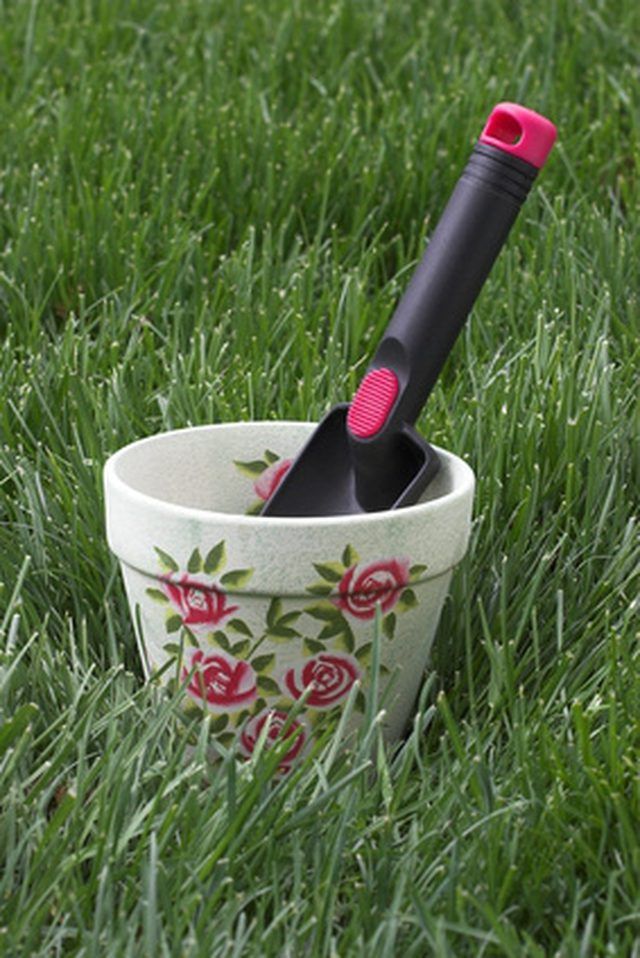Bulbs
Flower Basics
Flower Beds & Specialty Gardens
Flower Garden
Garden Furniture
Garden Gnomes
Garden Seeds
Garden Sheds
Garden Statues
Garden Tools & Supplies
Gardening Basics
Green & Organic
Groundcovers & Vines
Growing Annuals
Growing Basil
Growing Beans
Growing Berries
Growing Blueberries
Growing Cactus
Growing Corn
Growing Cotton
Growing Edibles
Growing Flowers
Growing Garlic
Growing Grapes
Growing Grass
Growing Herbs
Growing Jasmine
Growing Mint
Growing Mushrooms
Orchids
Growing Peanuts
Growing Perennials
Growing Plants
Growing Rosemary
Growing Roses
Growing Strawberries
Growing Sunflowers
Growing Thyme
Growing Tomatoes
Growing Tulips
Growing Vegetables
Herb Basics
Herb Garden
Indoor Growing
Landscaping Basics
Landscaping Patios
Landscaping Plants
Landscaping Shrubs
Landscaping Trees
Landscaping Walks & Pathways
Lawn Basics
Lawn Maintenance
Lawn Mowers
Lawn Ornaments
Lawn Planting
Lawn Tools
Outdoor Growing
Overall Landscape Planning
Pests, Weeds & Problems
Plant Basics
Rock Garden
Rose Garden
Shrubs
Soil
Specialty Gardens
Trees
Vegetable Garden
Yard Maintenance
How to Grow Paulownia From Seed
How to Grow Paulownia From Seed. Though it was once considered a weed tree in the United States, the Japanese market for Paulownia tomentosa has made cultivation of this species extremely profitable for U.S. growers. Paulownia can flourish in the United States in an area that stretches from southern Maine to the state of Washington. The seeds are...

Though it was once considered a weed tree in the United States, the Japanese market for Paulownia tomentosa has made cultivation of this species extremely profitable for U.S. growers. Paulownia can flourish in the United States in an area that stretches from southern Maine to the state of Washington. The seeds are widely available to purchase, though they are also simple to collect from a Paulownia tree. Paulownia trees are becoming increasingly popular with home gardeners because of their beautiful blooms.
Things You'll Need
Paulownia seeds
Burlap bag
Blower (optional)
Waterproof containers to hold seed
Planting medium
Hardwood mulch
Cheesecloth
Tobacco plant bed net
Tile shovel
Collecting Paulownia Seeds From a Tree
Collect the pods from Paulownia trees after they ripen but before they open. They should be mostly brown.
Remove the seeds from the pods and put them in burlap bags.
Crush the seeds gently in the bag.
Separate the seeds from the heavier chaff by hand or with a blower.
Place the seeds in sealed containers or stratified between moist layers of a mixture of sand and peat.
Put the seeds in cold storage at a temperature of 38 to 40 degrees Fahrenheit for maximum longevity. For best results, however, use seeds during the first or second year.
Germinating Paulownia Seed
Fill a biodegradable container with a mixture of sand, vermiculite and peat moss.
Put a pinch of seed on top of the planting medium, then cover the seeds with a patch of cheesecloth or tobacco plant bed net to hold them in place.
Water the seeds enough to keep them moist but not saturated. As the seeds begin to grow, remove the cheesecloth and thin them until you only have one per container.
Wait until the seedlings are 10 to 14 inches tall.
Let the seedlings sit in a shady, moderately protected area for 3 to 5 days before planting.
Use a tile shovel or backpack auger to make a hole slightly deeper than the container. Insert the seedling and the biodegradable container in the hole and then fill the area around it tightly with the removed soil.
Put mulch around each seedling.
Water the seedlings regularly.